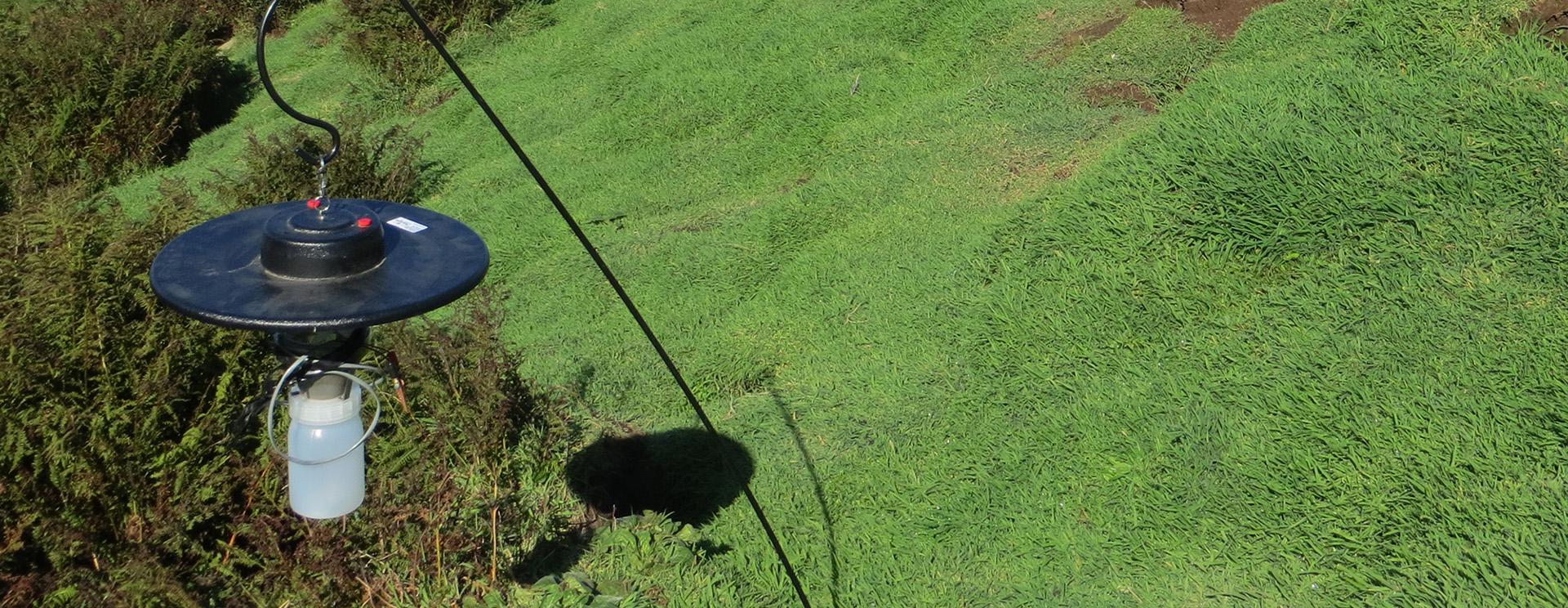Hyalomma ticks on northward migrating birds in southern Spain: Implications for the risk of entry of Crimean-Congo haemorrhagic fever virus to Great Britain
Crimean-Congo haemorrhagic fever virus (CCHFV) is a zoonotic virus transmitted by Hyalomma ticks, the immature stages of which may be carried by migratory birds. In this study, a total of 12 Hyalomma ticks were recovered from five of 228 migratory birds trapped in Spring, 2012 in southern Spain along the East Atlantic flyway. All collected ticks tested negative for CCHFV. While most birds had zero Hyalomma ticks, two individuals had four and five ticks each and the statistical distribution of Hyalomma tick counts per bird is over-dispersed compared to the Poisson distribution, demonstrating the need for intensive sampling studies to avoid underestimating the total number of ticks. Rates of tick exchange on migratory birds during their northwards migration will affect the probability that a Hyalomma tick entering Great Britain is positive for CCHFV. Drawing on published data, evidence is presented that the latitude of a European country affects the probability of entry of Hyalomma ticks on wild birds. Further data on Hyalomma infestation rates and tick exchange rates are required along the East Atlantic flyway to further our understanding of the origin of Hyalomma ticks (i.e., Africa or southern Europe) and hence the probability of entry of CCHFV into GB.
